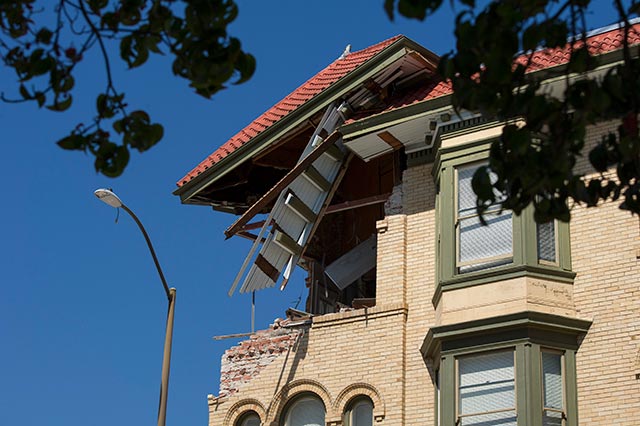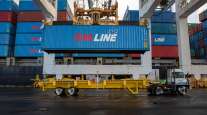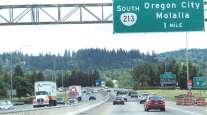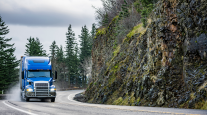Oregon's Transportation System Must Be Ready for the Big One, Panel Urges

A statewide panel charged with assessing Oregon's future transportation needs found the ability to handle a Cascadia subduction zone earthquake a top priority across the state.
The Governor's Transportation Vision Panel released its final report this week outlining needs and challenges facing the state in coming decades. Called "One Oregon: A Vision for Oregon’s Transportation System," the report locked into three key priorities:
• Preparing for the impact of a major Cascadia subduction zone event.
• Alleviating Portland metro area congestion, which is having a major impact on the economic vitality of all regions.
• Improving public transit, such as bus systems, both to get people around locally and to connect communities across the region.
"I was very happy they recognized the impact of a Cascadia event, particularly in southwest Oregon, where it's twice as likely to happen," said Medford lawyer Stuart Foster, a former member of the Oregon Transportation Commission who was on the Innovation and Seismic Subcommittee. "Obviously there is a significant need for a major seismic retrofit of Interstate-5 from California to Washington."
In Southern Oregon, the viaduct traversing downtown Medford is a component that needs examination, he said. "We've got to have a backbone in place along the I-5 corridor to address the 300,000 people living in southwestern Oregon."
Not surprisingly, three of the five priorities assigned to Southern Oregon — public transit, seismic preparedness and freight mobility — mirrored the panel's top three for the state. Connected and integrated routes for bicyclists and pedestrians and expansion of infrastructure for electric vehicles were the other two priorities.
The region covering Jackson, Josephine and most of Douglas counties has a need for "flexible and reliable transit" because it is important to residents to have access to schools and employment centers, the panel wrote. "There is a strong regional desire for improved and increased intercity transit connections that link towns to urban centers and the region to other parts of the state," the report states.
Bridges and river crossings along I-5 are in need of seismic security. "The region’s topography and its close connections with California make it important to integrate resiliency investments across state lines and ensure that airports have the tools they need to assist in recovery efforts," the report states.
Freight mobility is closely aligned with the Portland congestion, exacerbated by the demise of major port traffic to the mouth of the Columbia River. Climbing lane enhancements on I-5 mountain passes and highway connections to coastal communities are regional priorities, the panel states.
Expansion of charging stations for electric vehicles along the I-5 West Coast Electric Highway is a potential tourism driver, according to the report.
The region's challenges are four-fold, the panel found, revolving around congestion, potential isolation, growing population and poorly linked bike and pedestrian paths. The region's manufacturing, agricultural and timber industries rely heavily on freight transportation.
"But increased congestion both within and outside of the region is making it difficult for producers to get their goods to market," the report states.
The mountainous geography puts the region at risk of being isolated if an earthquake caused bridge collapses and landslides. The report indicated the increase of retirees moving here "risks a rapid spike in congestion." The panel said without increased funding for transit, Southern Oregon would experience a 40% increase in travel delay by 2038.
Mike Card, president of Combined Transport and former president of the American Trucking Association, suggested truck traffic alone will grow 20% during the next 10 years.
"How much more is I-5 going to be congested if we don't make changes?" he asked. "You've got to give credit to the governor for the Vision Plan. We're off to a good start and we need everyone on board."
Card was surprised more people weren't at the table when hearings were held in March.
"There were a lot of people who use the interstate system that weren't there," he said, including food manufacturing and timber industry representatives, who ship around the country.
"To me, investing taxes into infrastructure is the best thing we can do with our money. It retains its value and helps businesses and citizens."




